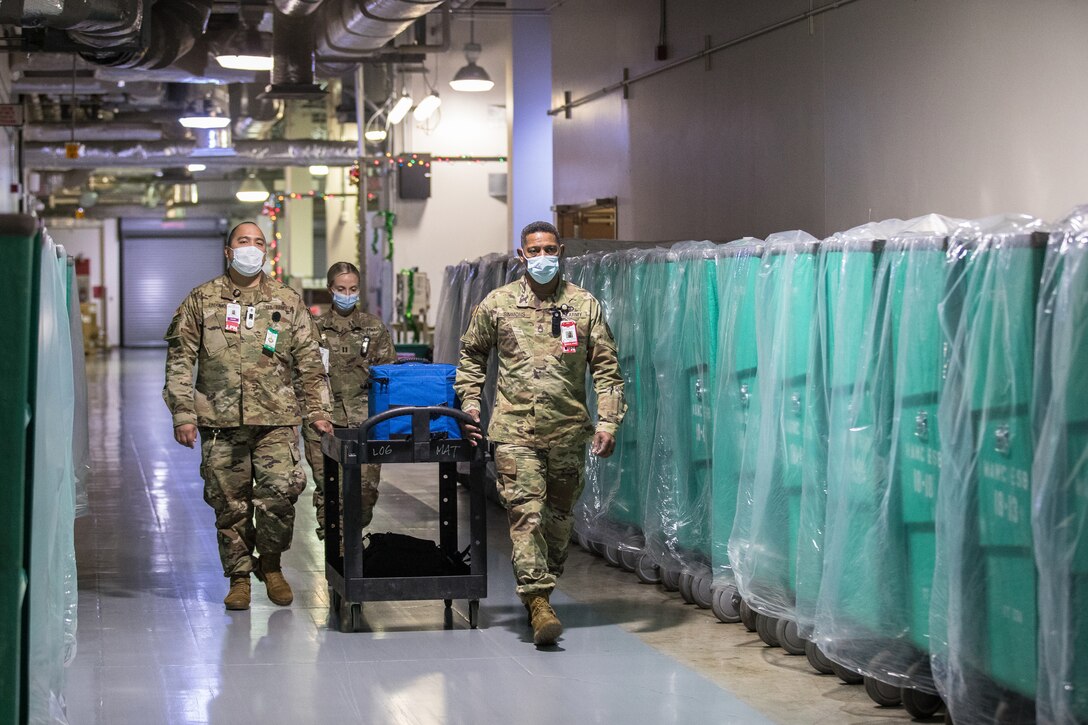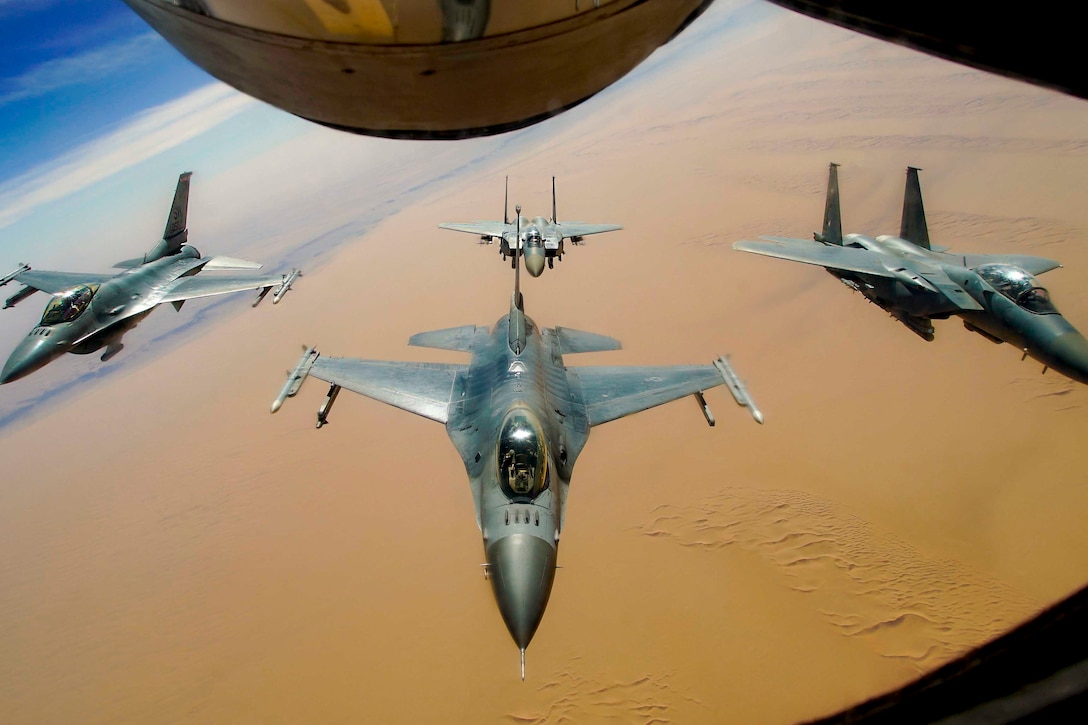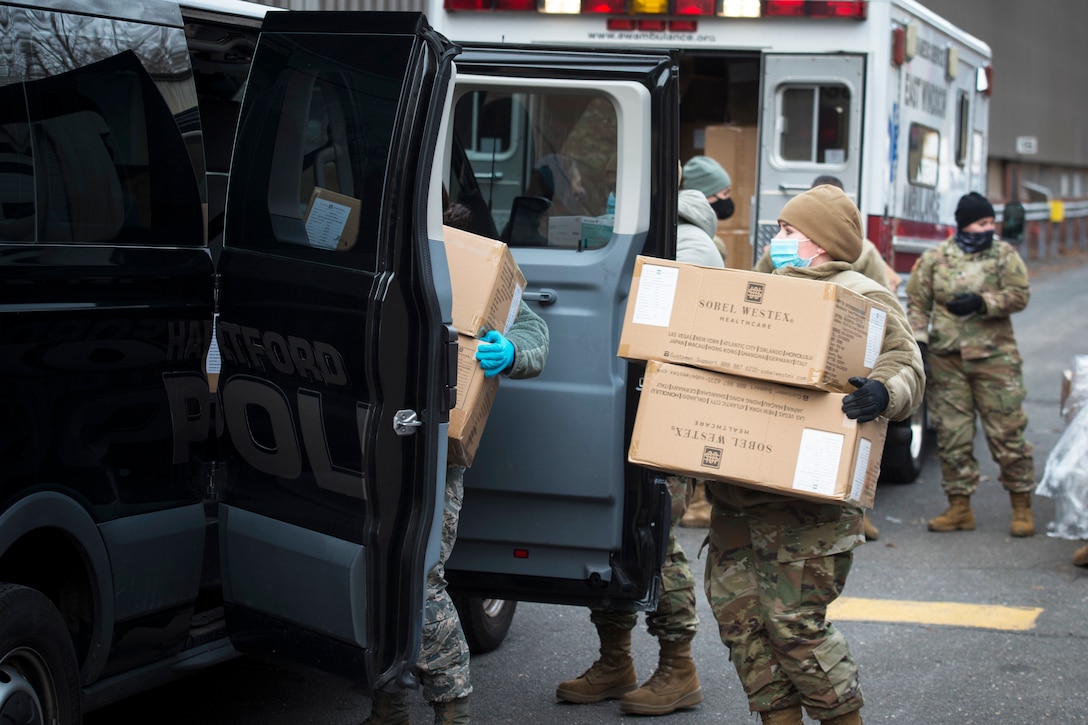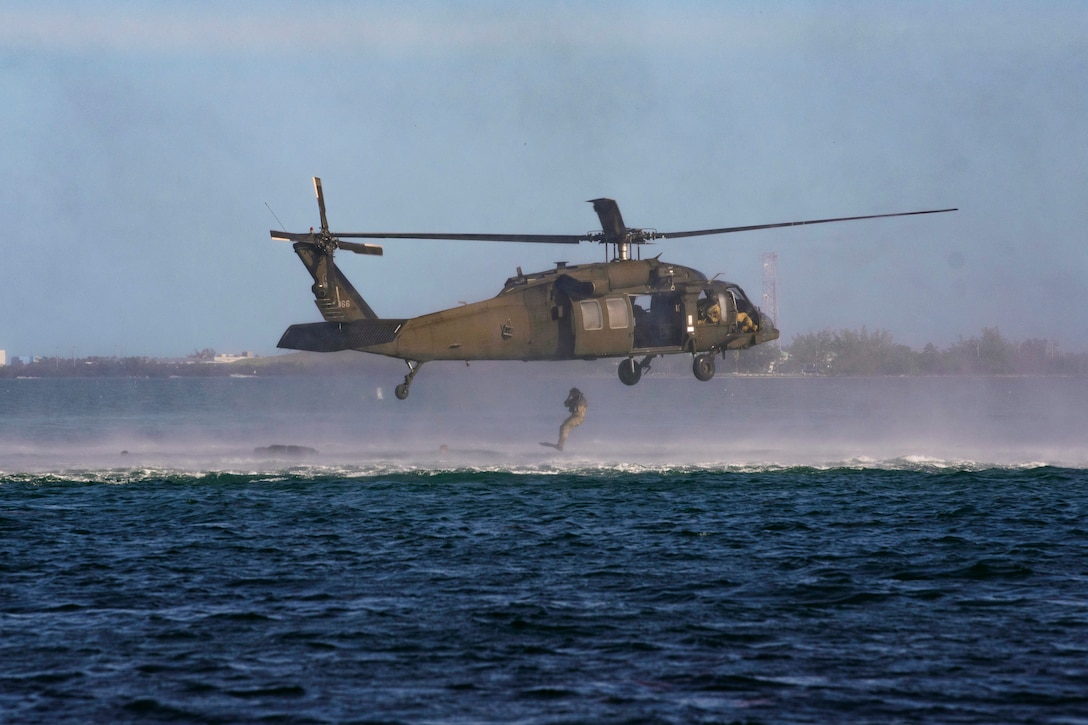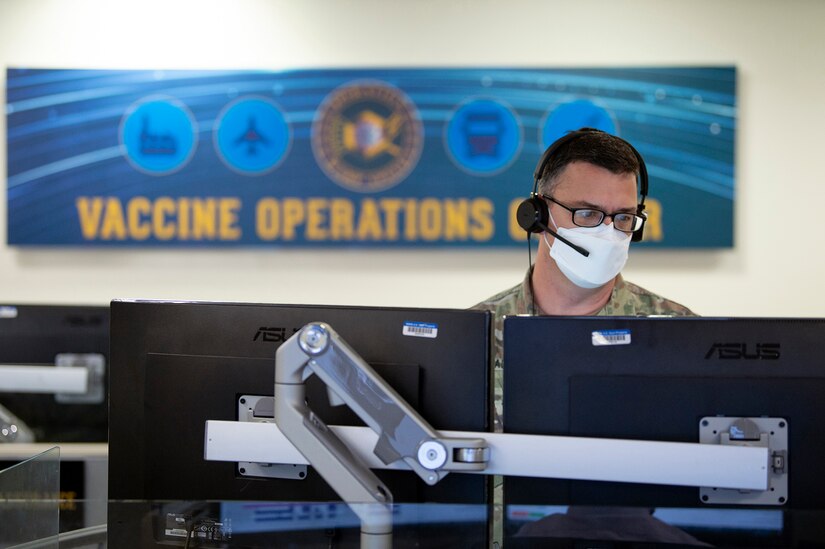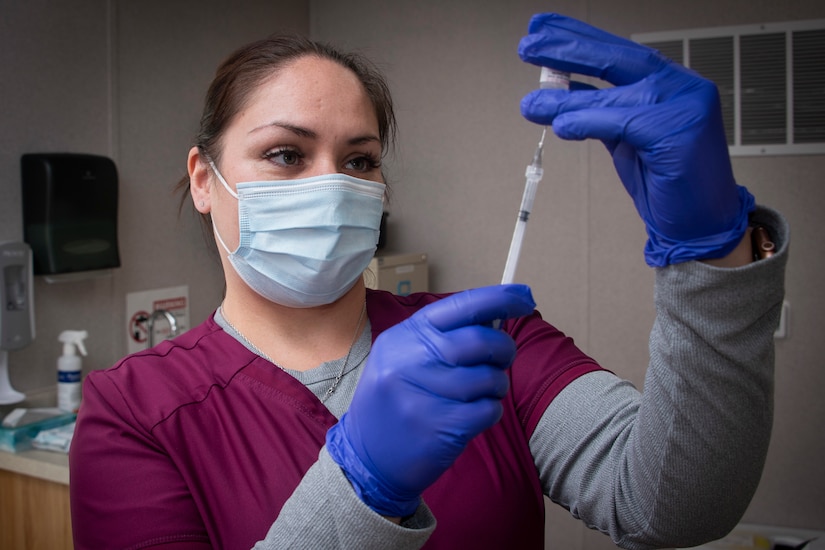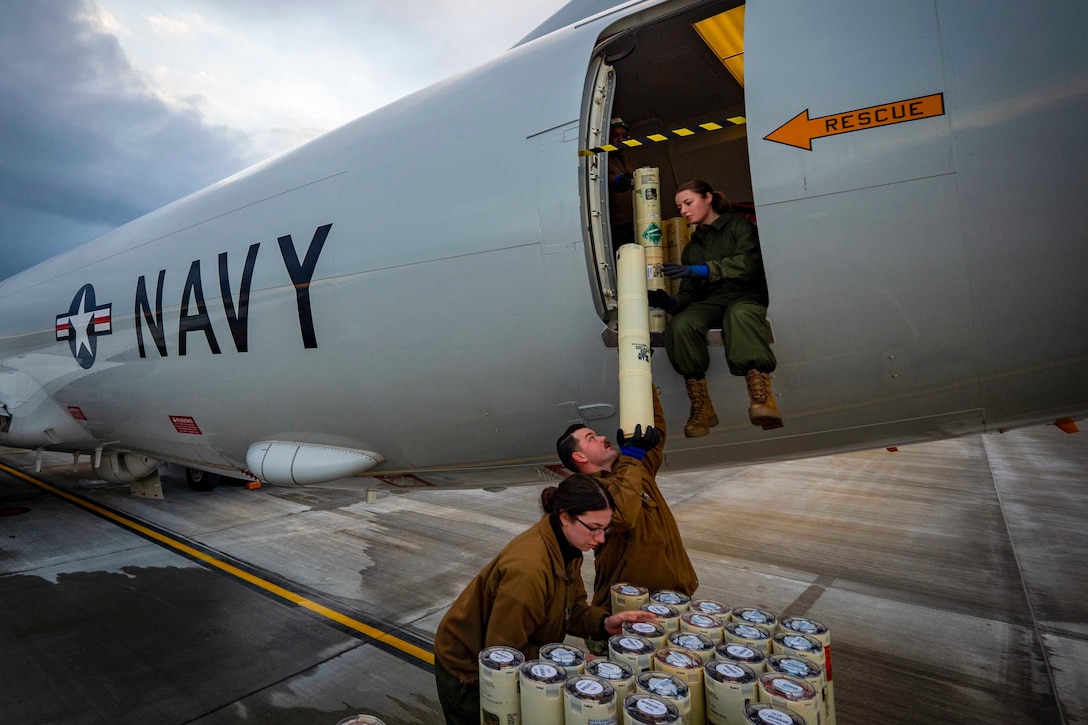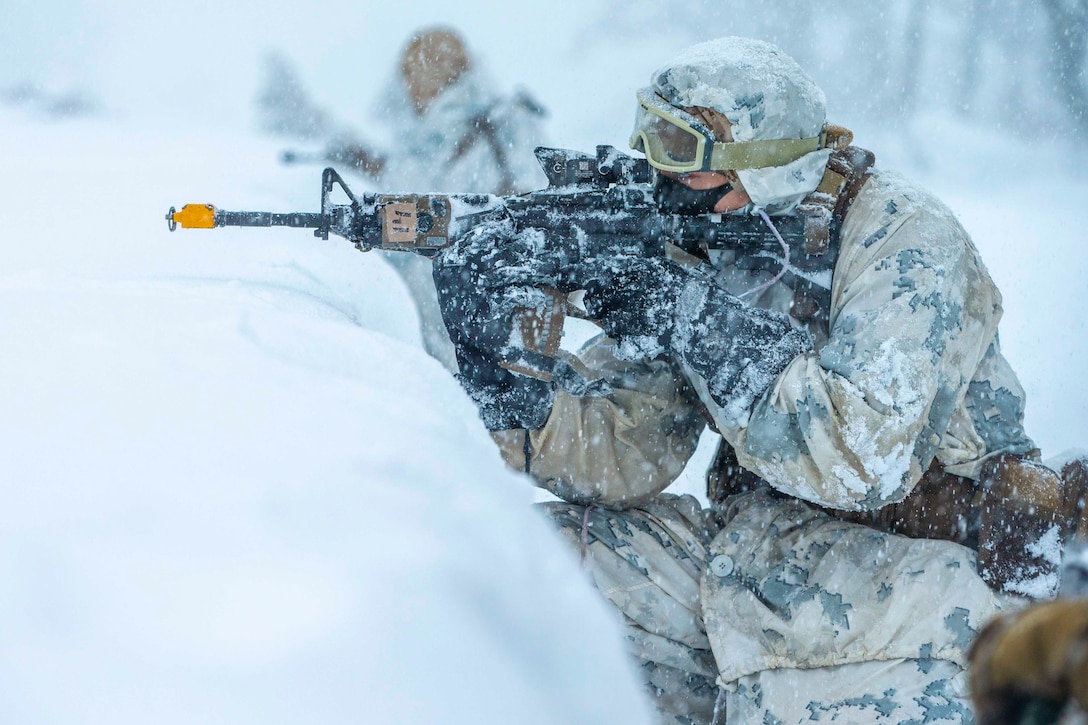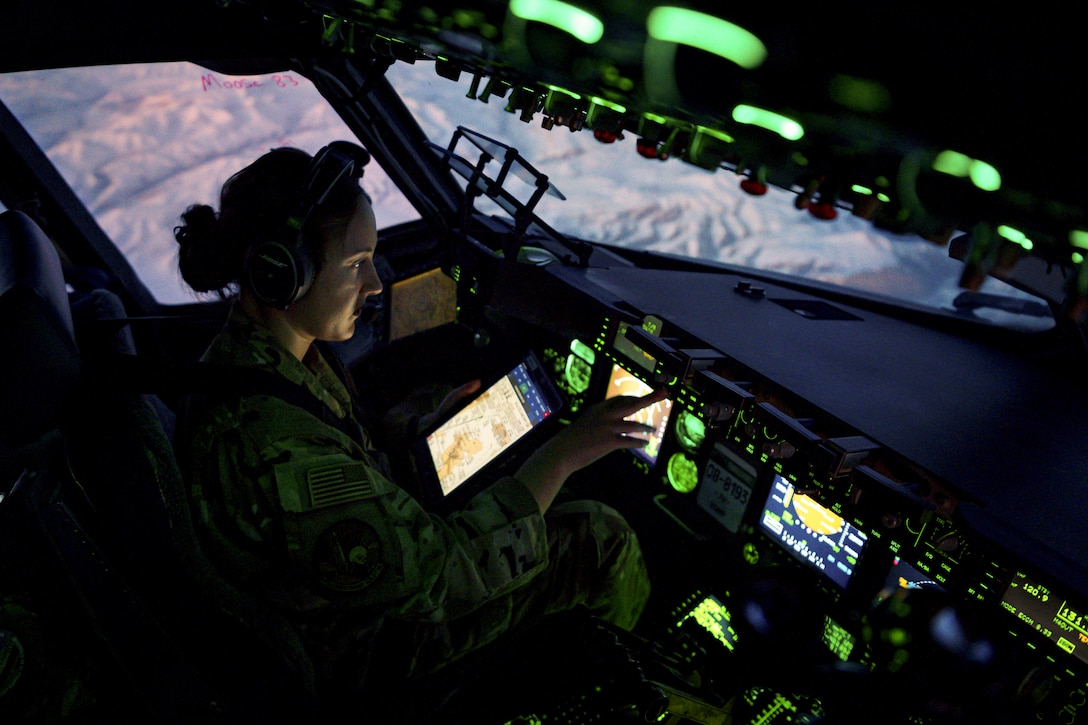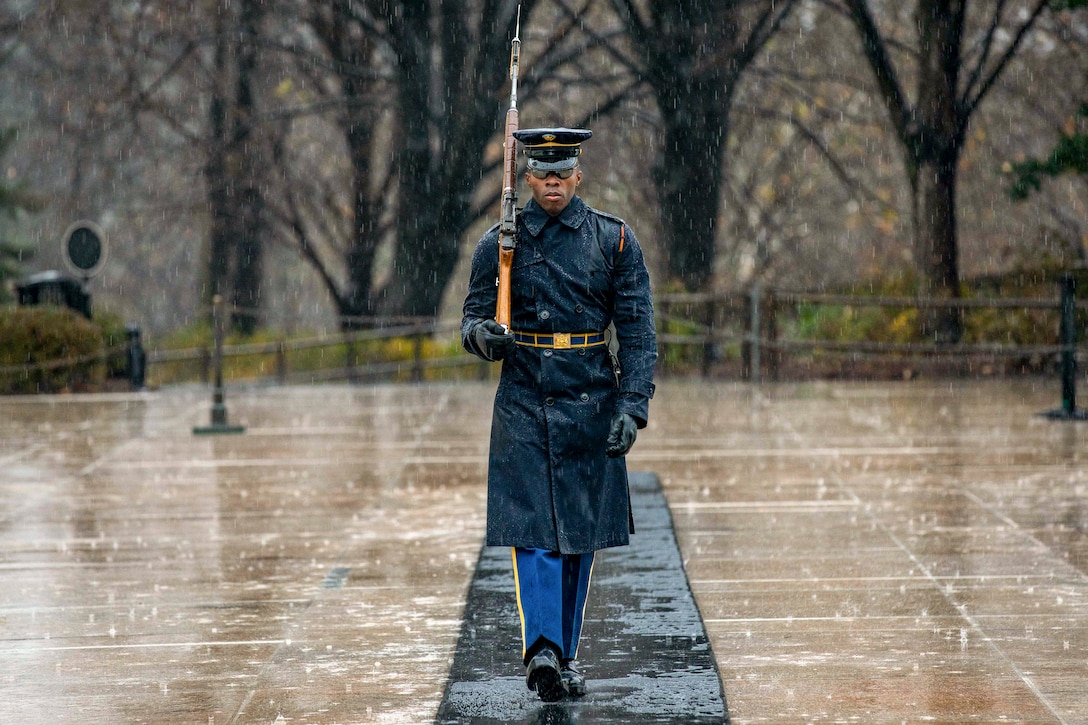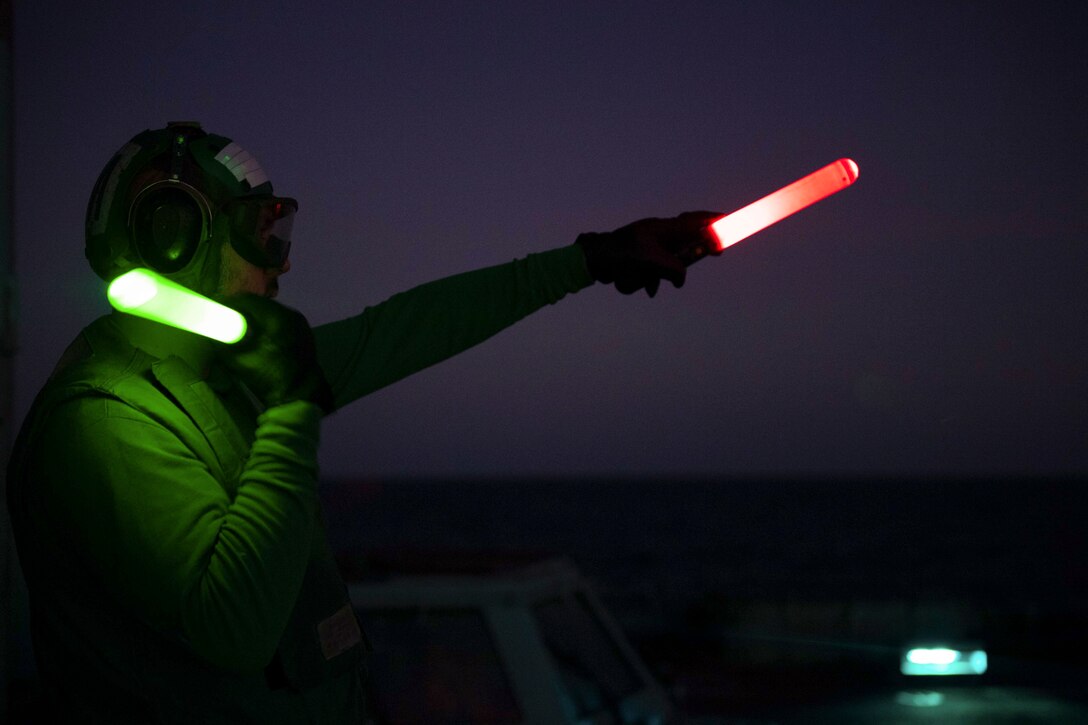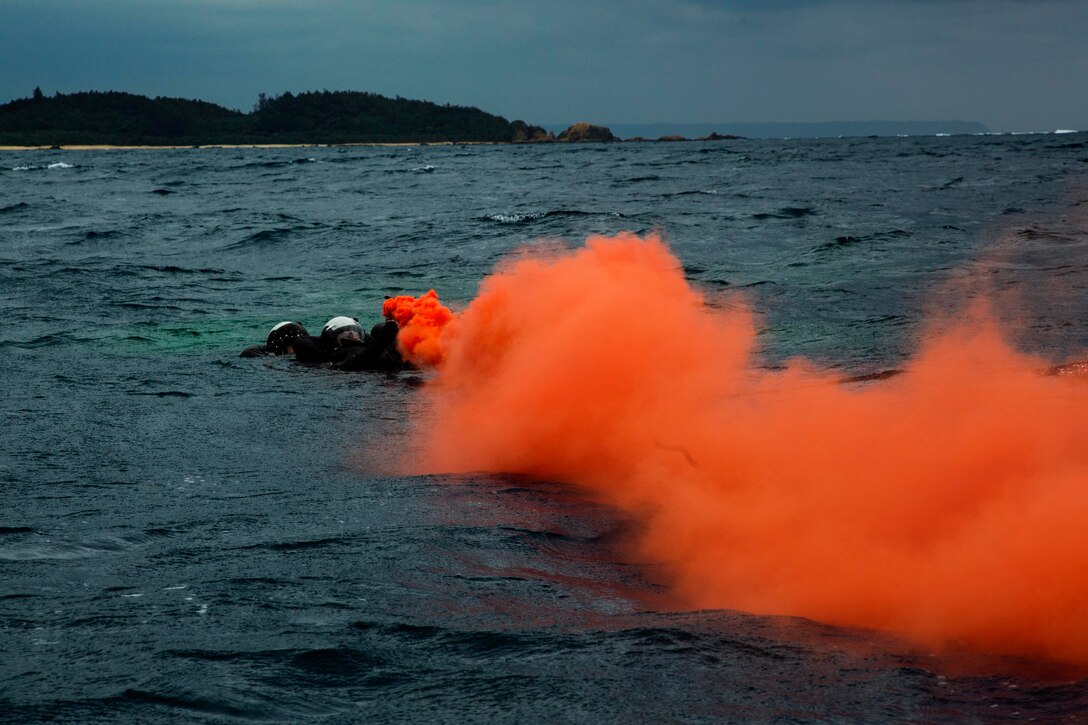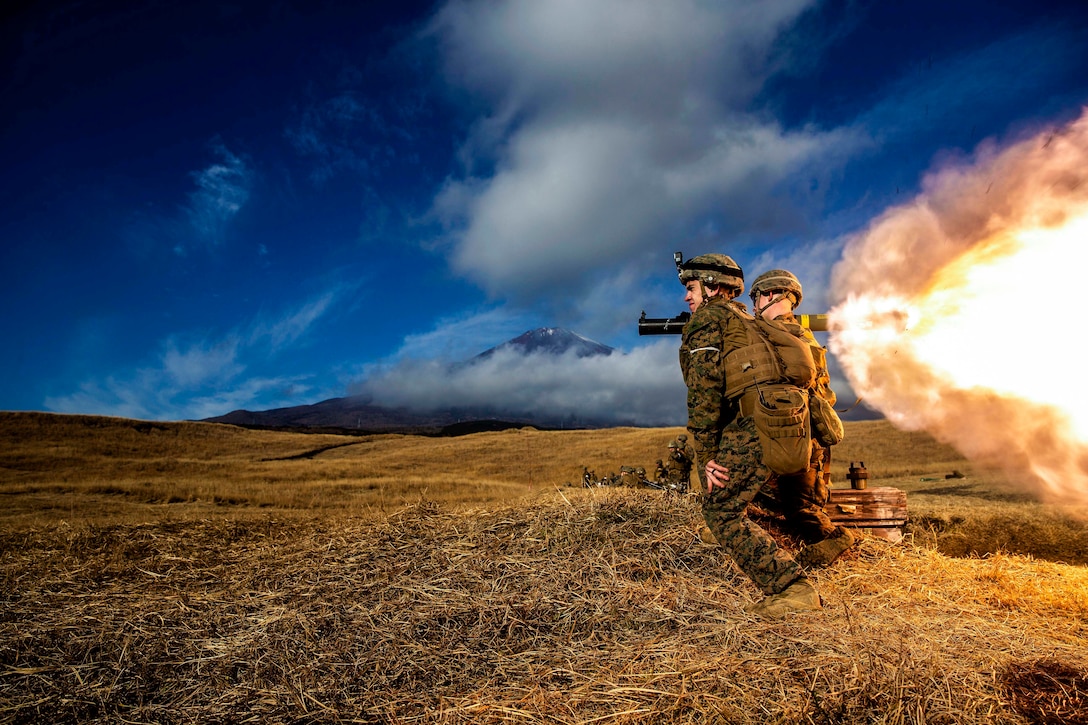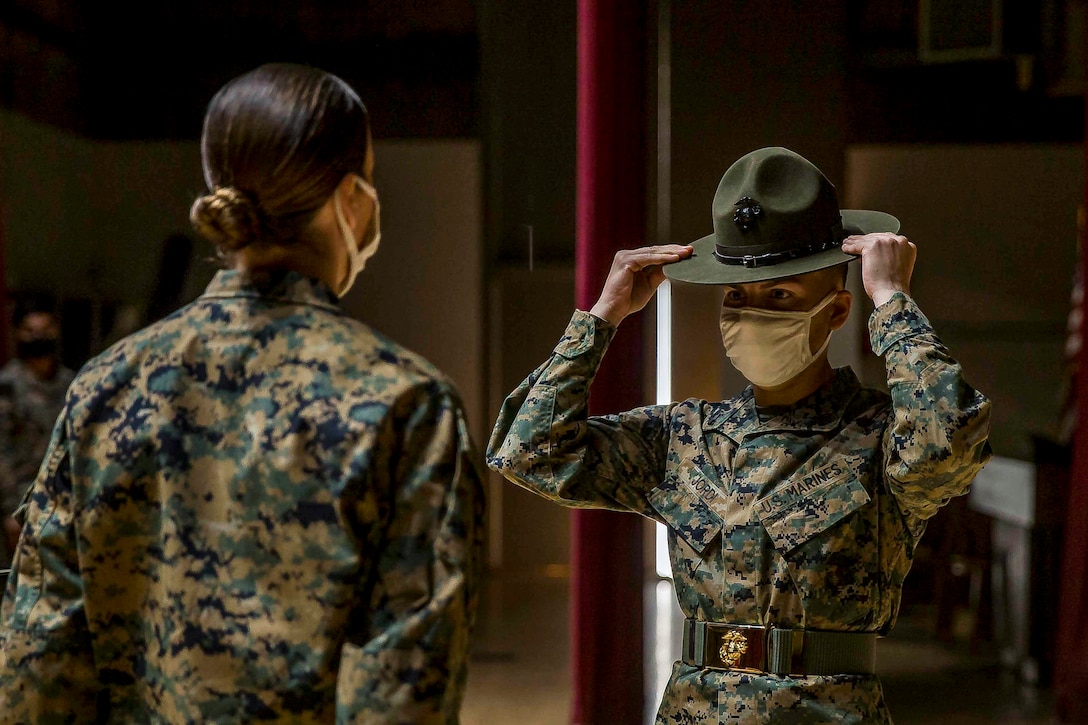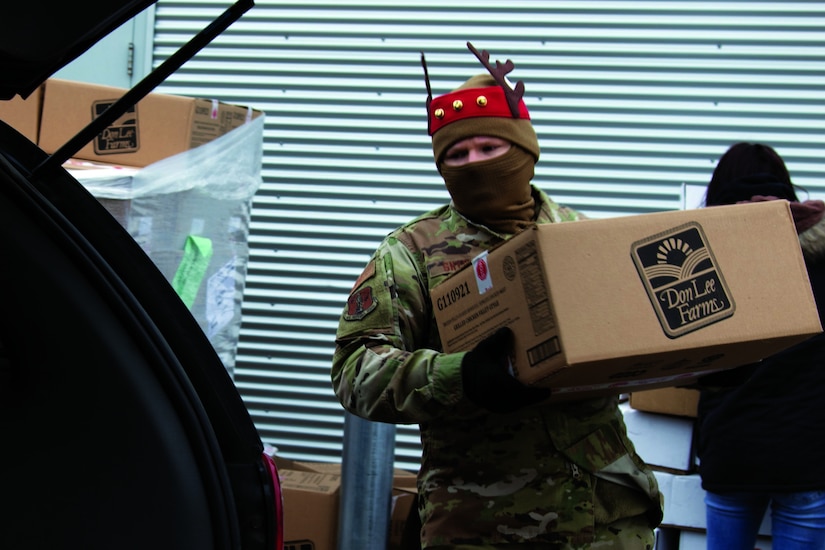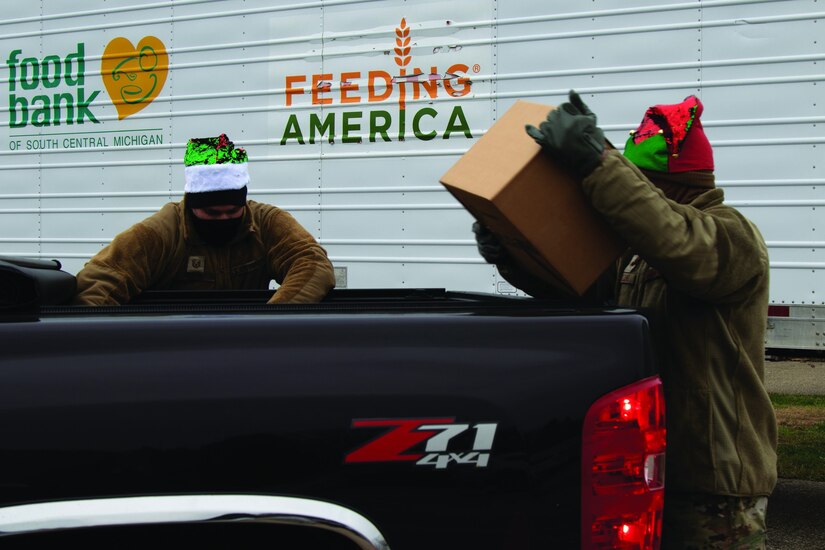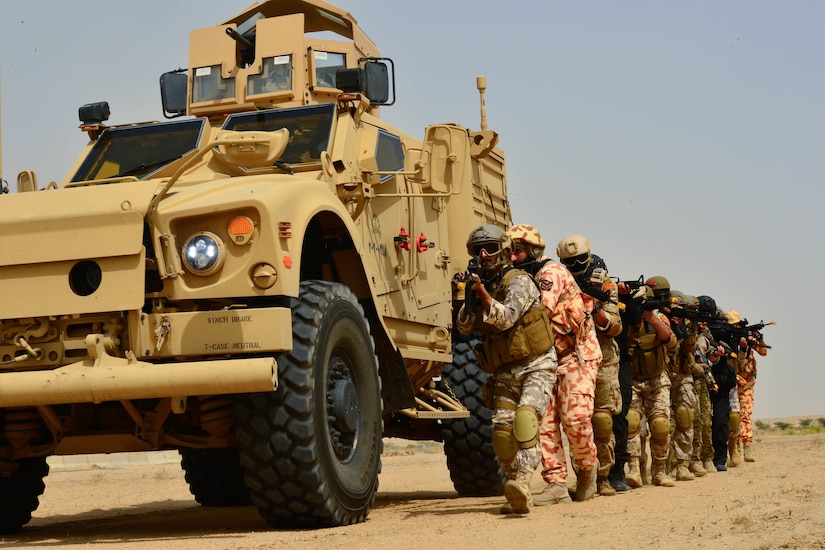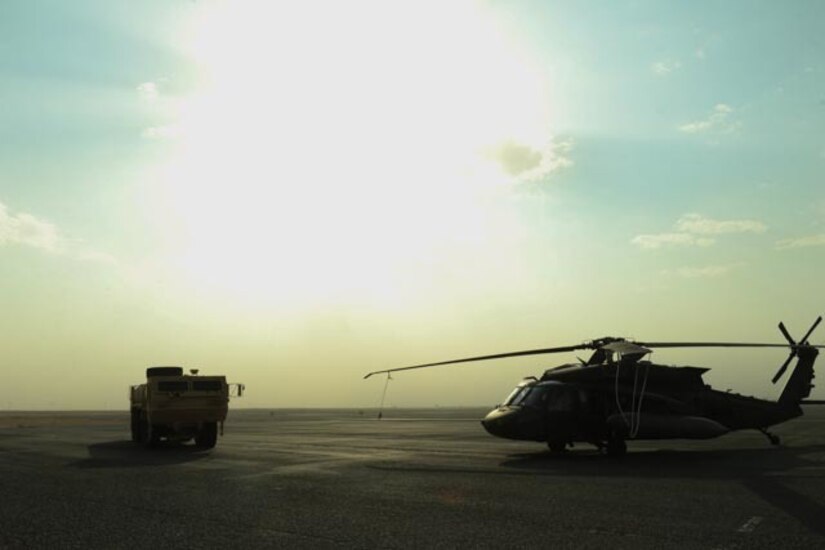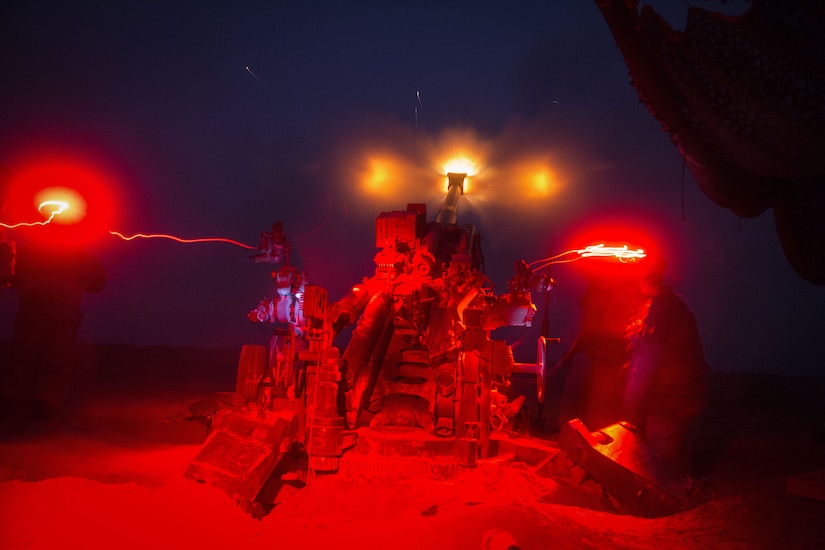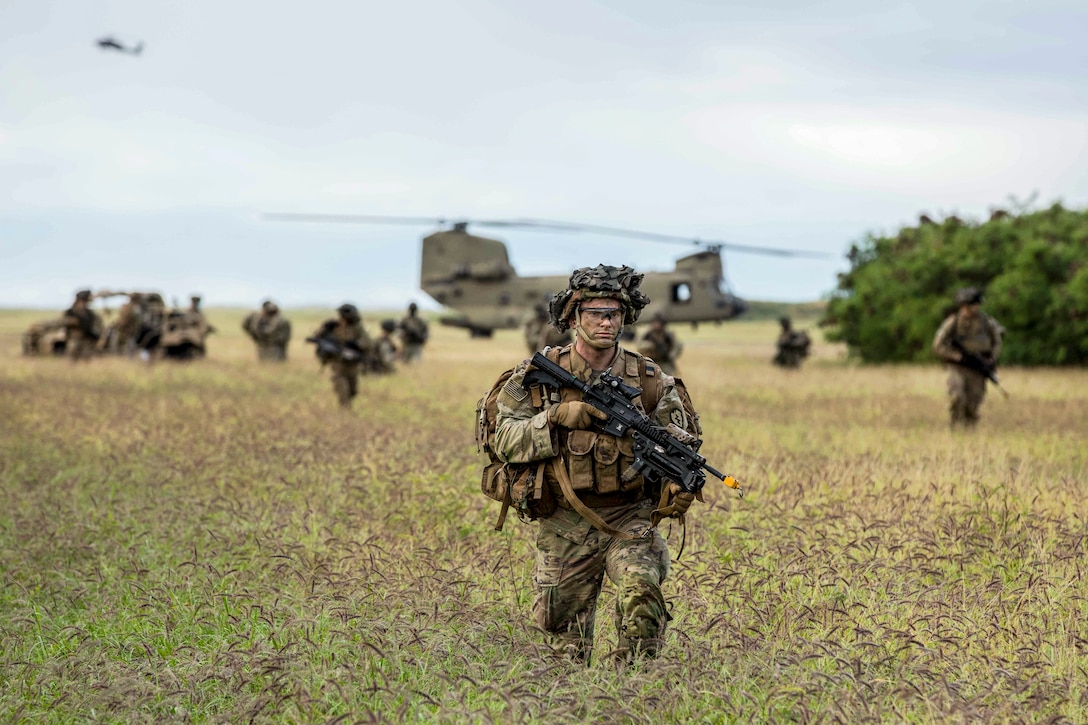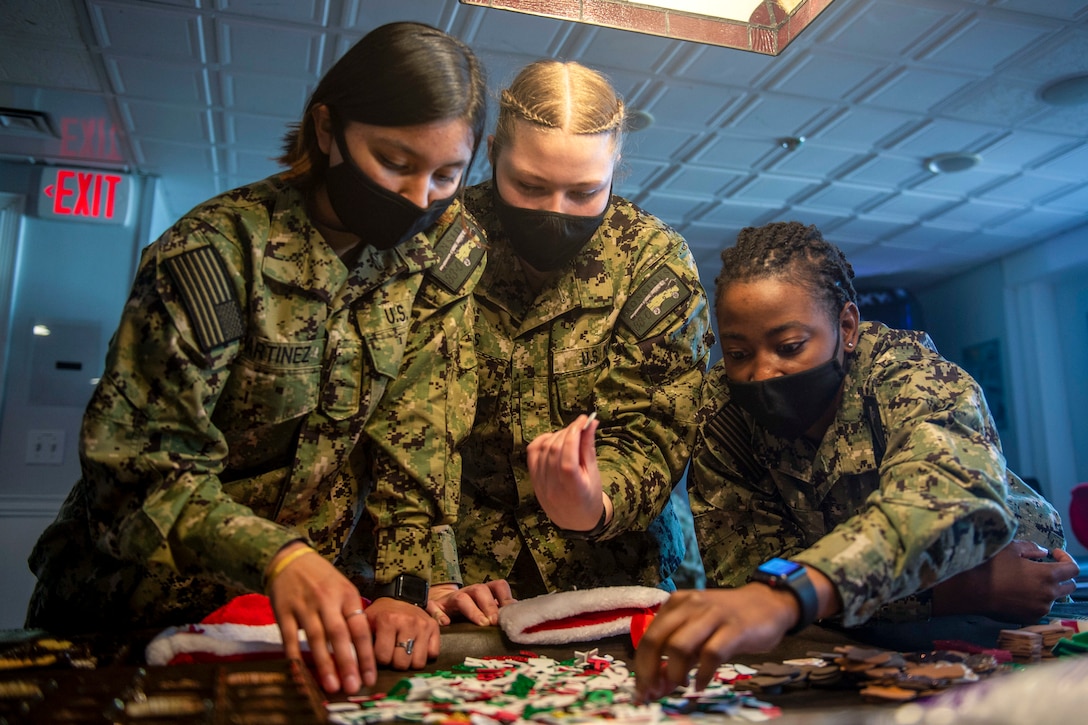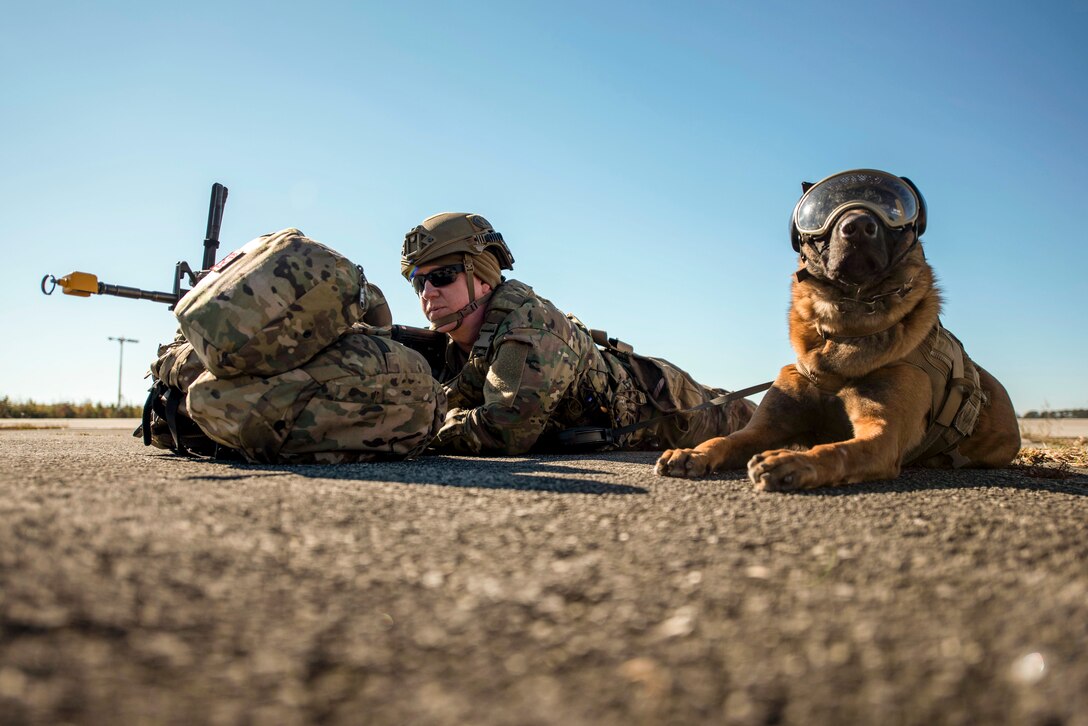Dec. 17, 2020
|
BY Beth Reece
, Defense Logistics Agency
With the first COVID-19 vaccine already in the arms
of some health care workers, the Defense Logistics Agency is ready to
ship doses for Defense Department employees outside the continental U.S.
and the deployed U.S. Navy Fleet.
DLA has spent months working with Operation Warp Speed and Defense
Health Agency officials to refine its plan for delivering the vaccine as
it becomes available from manufacturers. The agency already has
well-defined, cold-chain management practices and has delivered the
annual flu vaccine for 20 years.
"In some aspects, storage and distribution of the COVID-19 vaccine is
pretty similar to what we've been doing all along with the flu vaccine,
and DLA has had great success getting that to DOD employees around the
world," Army Col. Anthony Bostick, who leads DLA's Operation Warp Speed
operational planning team, said.
The agency has increased refrigerated storage space and can maintain
almost 19 million doses of the 2-to-8-degree Celsius vaccine and 4.6
million of the minus 20-degree Celsius vaccine ahead of shipping
products to customers. The agency hasn't been asked to distribute the
minus 80-degree Celsius vaccine but has developed initial plans to
provide support if necessary, Bostick added.
DLA Distribution manages six U.S.-based and four overseas centers
capable of handling cold-chain items and began training additional
employees in cold-chain management processes in June, Bob Garrettson of
DLA Distribution's special commodities team said.
"We've been involved in very detailed, intense planning with DHA and
other key players to make sure there's a coordinated response that gets
the vaccine exactly where it's needed, and we have contingency plans in
place in case they're needed," he said.
Dana Dallas, DLA troop support's cold chain program manager, helps
create policy for managing temperature-sensitive medical material
throughout DOD. She works with DLA distribution to establish packaging
and handling procedures that follow manufacturer guidelines.
"We have temperature-monitoring devices in all of our cold-chain
shipments, so we can do quality analysis for any incidences on
cold-chain material during either distribution or post-receipt, such as
refrigerator malfunctions," she said.
Shipments from U.S.-based centers typically remain cold for up to
five days, Garrettson added. Many shipments destined for overseas
customers will be cross-docked at other DLA Distribution centers where
material handlers will refresh packaging components to maintain cold
temperatures. The agency is also coordinating with customers to ensure
they're available to receive the vaccine upon arrival, Garrettson
continued.
DLA has been involved in the nation's pandemic response since
February and has provided over $2.5 billion in items ranging from face
masks and ventilators to test kits.
